Science you can trust. Impact you can see.
The Balance® Methodology is fixing a broken system
Balance is built on three pillars: restoring nature, empowering communities and tackling the root causes of climate breakdown. This means funding and maintaining sustainable forest ecosystems that nurture wildlife, provide local jobs and lock away carbon naturally as forests thrive.
Developed collaboratively by Balance’s team of experts and academic partners, the methodology was published after extensive peer review in the International Journal of Sustainable Energy. It demonstrates that fighting climate change cannot happen in isolation; progress must align with biodiversity creation and social and economic wellbeing.
Our six-point methodology applies this principle by taking existing carbon credits and transforming them into verified Balance Units. These are fully interoperable with global carbon markets and retired on the S&P Global index so they cannot be double counted or sold on.
Balance
academic
partners
Expanded research being carried out based on the original Balance methodology, up to and including PhD level.

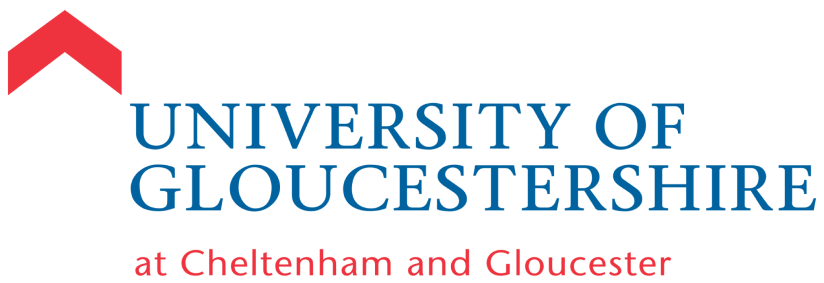



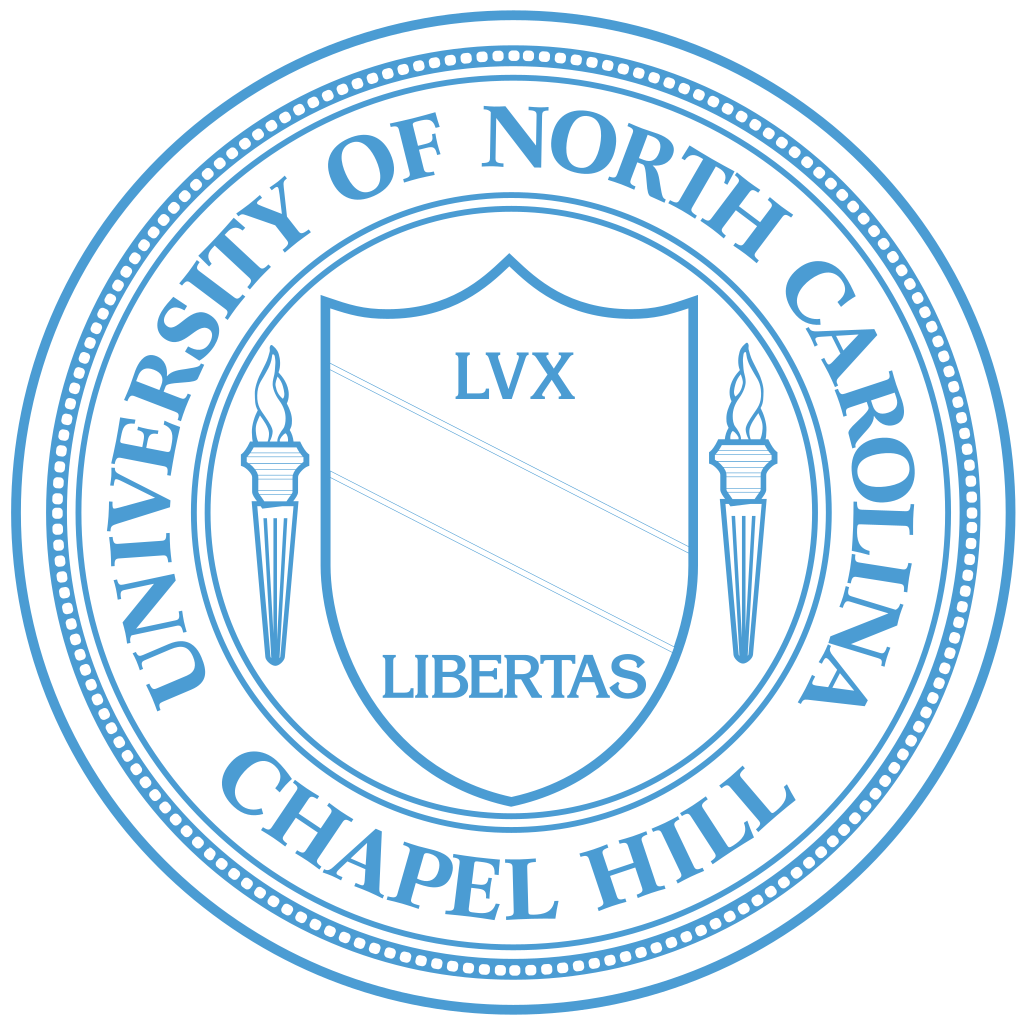
Balance Peer Reviewed Methodology
We advocate reduction and efficiency first, then BALANCE® reimagines your relationship with nature. It is one of the most robust and carefully considered approaches to climate action available today.
Read our methodology published in The International Journal of Sustainable Energy.
- Establishing natural forest cover with a minimum of 99-year protection.
- Uniquely aligns with the atmosphere’s 100-year “radiative forcing” carbon dioxide cycle.
- Ensuring trees are allowed to complete their natural life cycle, including the creation of deadwood to optimize biodiversity and additional carbon sequestration benefits.
- Prioritizing indigenous tree species and local genetic stock, planting the right trees in the right places based on the land’s historical context.
- Ensuring planting is conducted on previously forested land, avoiding non-forest ecosystems.
- Considering soil type and organic matter to optimize carbon sequestration.
- Creating varied stands with genetic diversity, a healthy understorey, and using relevant management cycles to enhance biodiversity.
- Mitigating ecosystem risks from pests, diseases, and invasive species.
- Upholding human rights as a core component of the Balance methodology.
- Ensuring climate action aligns with human rights obligations, protecting the right to food, water, and a healthy environment.
- Encouraging the use of permaculture, biochar, and agroforestry techniques to provide further economic benefit to communities.
- Engaging directly with local community leaders to support forest-based education programs, mental health, and ecosystem services jobs, wherever possible. A minimum of 40% of project development finance goes to the local community, if one exists at the site.
- Ensuring that customers, clients, and the wider public can visit the forest areas they have helped to create.
- Obliging project developers to provide ongoing reporting on biodiversity creation and socio-economic benefits to the local community.
- Keeping clients informed so they can share updates with stakeholders and customers to create a movement.
- Without funding, purchased trees cannot be planted, so Balance ensures that all planting is new and additional, beyond what would have happened without Balance’s support.
- Additionality protocols for UK-based projects conform to the Woodland Carbon Code (WCC), while international projects conform to international protocols, such as Plan Vivo and Gold Standard.
- Contractual protection in case of unforeseen events, such as widespread plant disease, road or building construction, compulsory purchase, or severe natural disasters.
- If such an event occurs, the project developer is obliged to replant the project.
PLANTING PARTNERS EMPOWERING COMMUNITIES
Balance partners with landowners, conservationists and local communities who meet the highest standards of biodiversity protection and social impact. Together we restore ecosystems, support sustainable livelihoods and create environments that sustain people as well as nature.
We work with long-term stewards who create biodiversity and social and economic wellbeing that also draws down carbon using the most effective parts of the old system. This ensures the science behind Balance delivers not only verified results, but thriving, self-sustaining landscapes for generations to come.
These partnerships make Balance’s scientific rigour real, embedding lasting stewardship within the very communities that depend on these ecosystems.
Get Balanced:
Plant and Protect Now
Transform your footprint into Balance Units quickly and credibly with our groundbreaking calculators. Whether you're a large corporation, SME, or individual, our easy-to-use tools allow you to act fast and lead by example. Calculate your carbon footprint and purchase Balance Units to show the world what real nature restoration and climate action looks like.
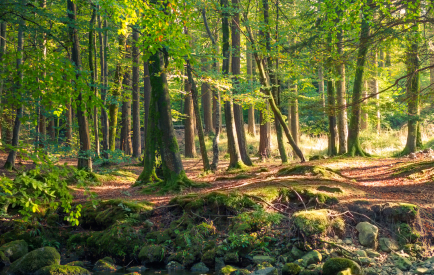
Balance to Sector
Instant, game-changing calculator uses your sector's carbon total and your business' turnover to estimate your carbon footprint. Saving you thousands in assessment fees.
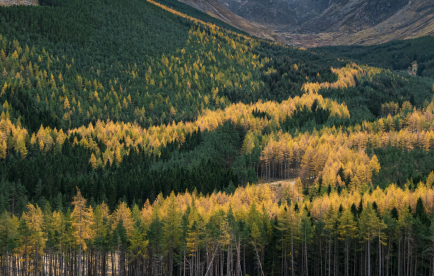
Balance to Assessment
For large corporations needing full carbon assessments, our partner EcoOnline thoroughly analyses your scope 1, 2 and 3 emissions, helping you reduce the Balance effectively.
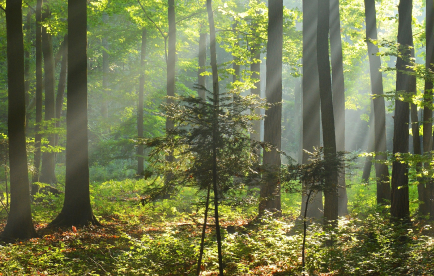
Balance
my life
No receipts, no hassle. Our income-based calculator saves you hours of calculations and helps you fund nature restoration and create jobs for local people.
FAQs
Balance is a fresh approach, moving on from carbon neutral, combining biodiversity and economics with Climate.
The purchase of a Balance Unit guarantees that at least a tonne of carbon will be taken out of the atmosphere over time as a direct result of the company’s contribution. We plant trees in a biodiversity-supportive way, That creates sustainable income for local people in accredited forests with full carbon monitoring, supplemented by the planting of new saplings in a location that is convenient to the client’s business, creating visible impact. Our planting partners have to adhere to the best-practice principles created from the innovative balance methodology and Planting Partner Contract (see below).
All ‘additionality’ is mitigated, meaning that the Balance Unit results in genuine carbon reduction rather than being attached to planting that might have happened anyway (as was sometimes the case in the carbon market historically).
This means that a client can have confidence that their contributions have made a genuine difference, as well as having a visible demonstration of their commitment to the environment through natural woodland growing in accessible locations that provides income for local people.
Every Balance Unit will result in at least one tonne of carbon taken out of the atmosphere over time in a way which creates biodiversity and jobs for local people.
Balance carbon quantities are based on the tonnage of carbon sequestered per hectare. For an in-depth read on the science behind Balance please see our peer reviewed methodology.
Our three-pillar approach generates biodiversity by restoring nature, creates sustainable income for local communities and fights for a stable climate by removing carbon.
Biodiversity is not a luxury. Plants, animals and fungi do not exist in isolation but in complex and connected ecosystems that form the foundations of human life.
A healthy ecosystem performs vital roles, including preserving climate, cleaning water, maintaining soil, purifying air, recycling nutrients and creating habitats. A biodiverse ecosystem is also resilient and a good insurance against unforeseen environmental events resulting from climate change. When one part is lost the whole system is threatened, and we are losing biodiversity at unprecedented rates around the world, with thousands of species facing extinction every year.
For companies that do not have a current carbon assessment, we offer two options.
Balance to Sector is an innovative, validated approach developed by Balance that allows organisations to estimate their Scope 1 and 2 emissions simply by inputting annual turnover and company registration number. These two inputs allow us to provide high accurate estimate with minimal time spent and at no cost. This is an attractive option for many smaller companies without complex supply chains. To try out the simplicity of Balance to Sector click here.
Balance to Assessment is suitable for organisations with significant supply chains who need to include their supply chain emissions (Scope 3) in the calculation of their total carbon footprint. The Balance to Assessment tool provides a thorough in-depth study of a company’s emissions with step-by-step assistance from expert analysts. It is powered by Ecometrica, a leader in environmental monitoring and reporting. Further details here.
It is very different. Each Balance® Unit is an investment in the creation of biodiversity, generating income for local communities and in turn benefiting the climate.
The six point legal framework that has evolved from our methodology cleans up, re engineers and converts a carbon credit into a Balance Unit, making it fully interoperable with the existing carbon credit system and retired on the S&P Global index, which means it cannot be double counted or sold on.
The Balance approach takes the lessons from past experience and uses them to provide a radically different and improved alternative.
Emissions do not cause all their damage immediately. In the process of radiative forcing, it takes 50 years for CO2 to be at its most potent and, at minimum, another 50 years for it to be reabsorbed, which is why it is vital that climate protection actions take a much longer view than has often been the case in the past. We therefore write our planting partner contracts to cover 99 years, although our forests are designed to be around for a lot longer than that. (The Forest of Marston Vale has an 840-year lease, for example.)
Every Balance Tonne guarantees that at least a tonne of carbon will be taken out of the atmosphere, which means that planting needs to occur in carefully monitored and regulated Balanced Forests. The ‘extra tree’, linked to the Balance Tonne on our database, is not subject to the same degree of costs and regulation, but this allows flexibility for the trees (one per Balance Tonne) to be planted in locations that are desirable for specific reasons, for example, proximity to customers, or to support visible wildlife corridors near urban centres. This extra tree is not instead of other plantings. It is a small biodiversity enhancing thank you from you to your customers, and a visible symbol of their much-needed support for priceless natural ecosystems enabling planting to take place in locations that would not receive funding from carbon finance.
Some of this can get quite complex, so please feel free contact us if you would like to discuss any of it further, and we welcome suggestions and feedback.

